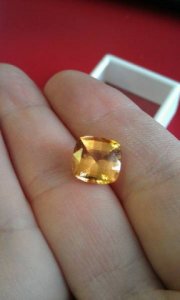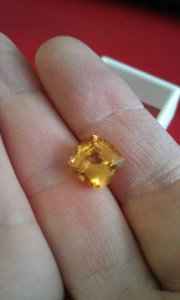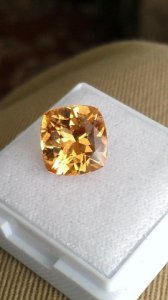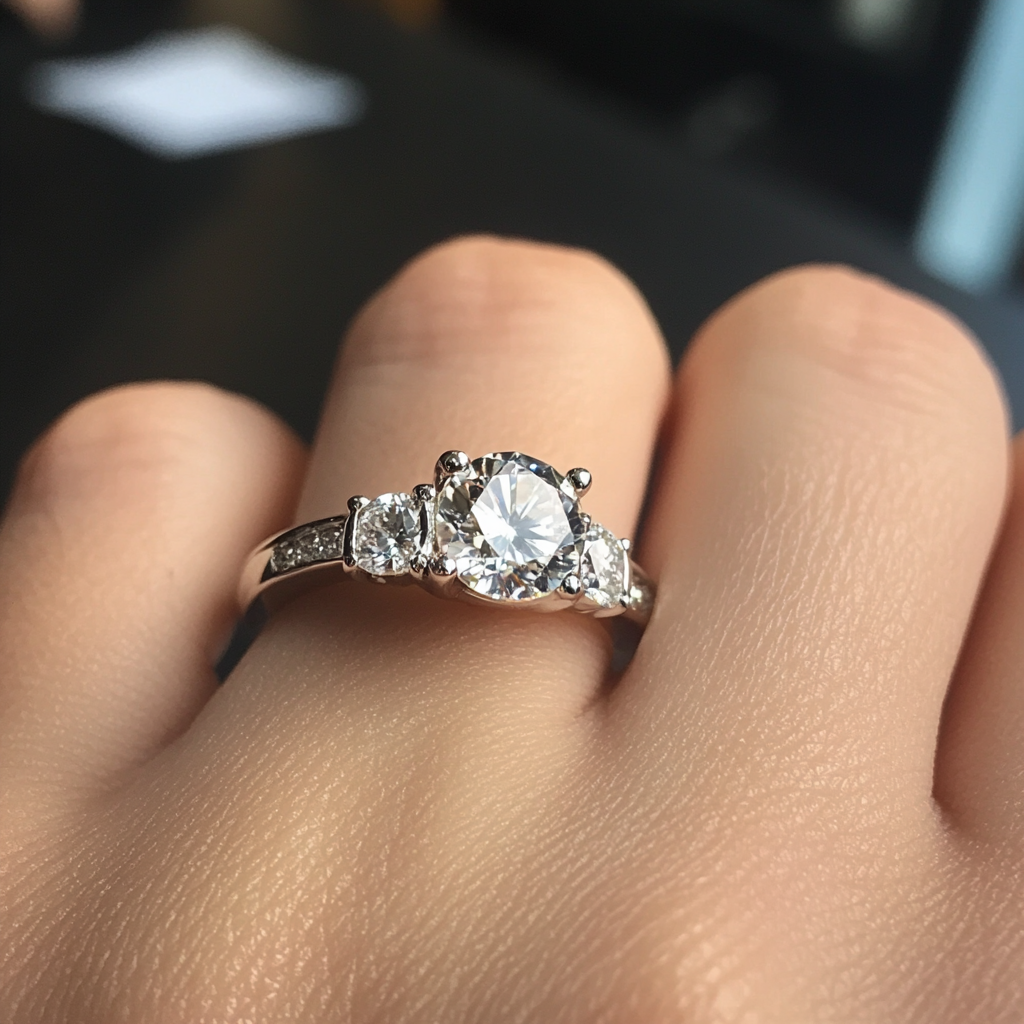petit_bijou
Shiny_Rock
- Joined
- Jun 22, 2011
- Messages
- 279
Re: Before and after photos of recut stones that changed col
I was just going to say, my recut turned out well in terms of brilliance and symmetry (it wasn't awful to start, I was being picky) but I was a bit sad that the colour turned out lighter, and shows more grey than it did before the recut. I am out of town for a few days, but when I get home I will try to take some new pictures in the same lighting environment. I forget whether I ever posted my own "after" photos or only showed Jerry's picture... As it was an inexpensive stone I wasn't too bothered by it, but I do sometimes look fondly at the "before" photos and wished I'd just left it alone.
ETA: Mine didn't lost much weight, and maintained the same face-up dimensions as it was only a pavillion recut. I also find it closes up in bright sunlight, but I can't recall to what extent it did that before the recut.
minousbijoux|1361736961|3389342 said:Another one to add is Petit Bijou's grape spinel. By no means would I say that this was a failure (I think we all thought this worked out very well in fact), but it did change color and become lighter with significantly more brilliance.
I was just going to say, my recut turned out well in terms of brilliance and symmetry (it wasn't awful to start, I was being picky) but I was a bit sad that the colour turned out lighter, and shows more grey than it did before the recut. I am out of town for a few days, but when I get home I will try to take some new pictures in the same lighting environment. I forget whether I ever posted my own "after" photos or only showed Jerry's picture... As it was an inexpensive stone I wasn't too bothered by it, but I do sometimes look fondly at the "before" photos and wished I'd just left it alone.
ETA: Mine didn't lost much weight, and maintained the same face-up dimensions as it was only a pavillion recut. I also find it closes up in bright sunlight, but I can't recall to what extent it did that before the recut.






300x240.png)